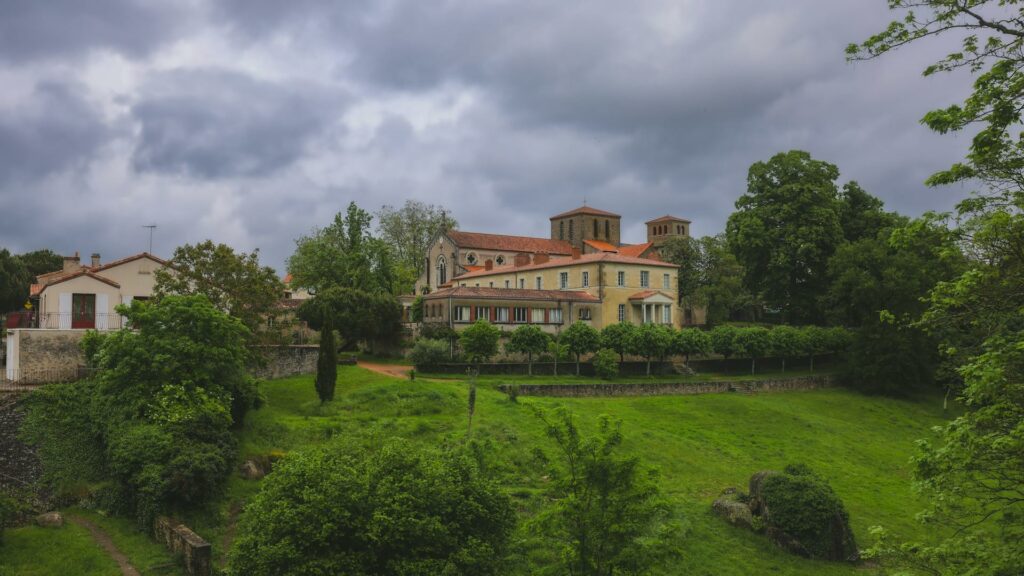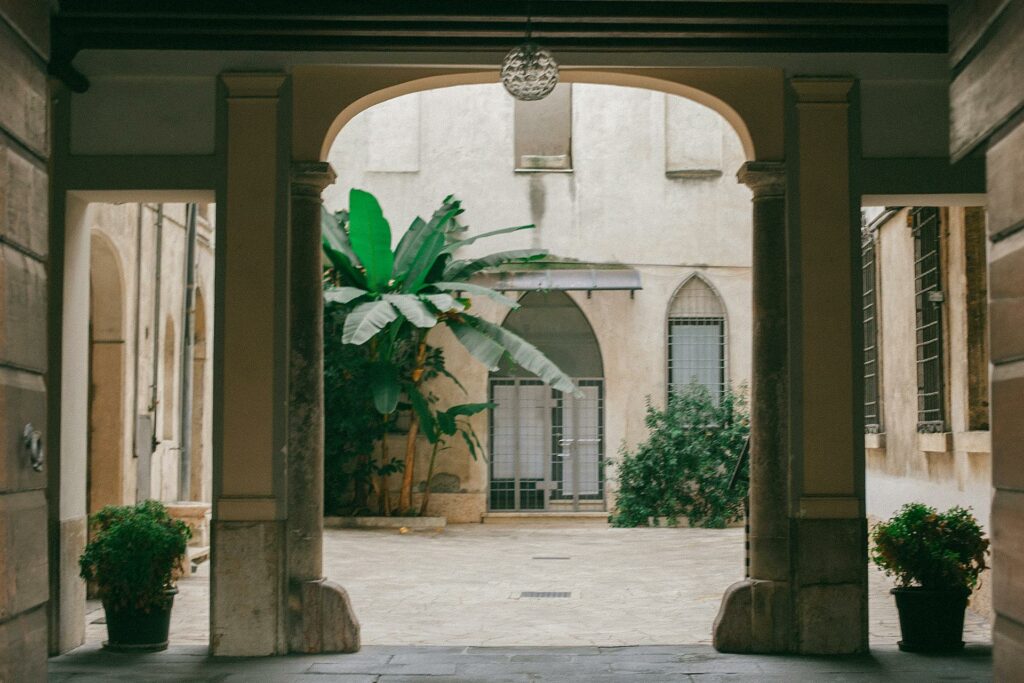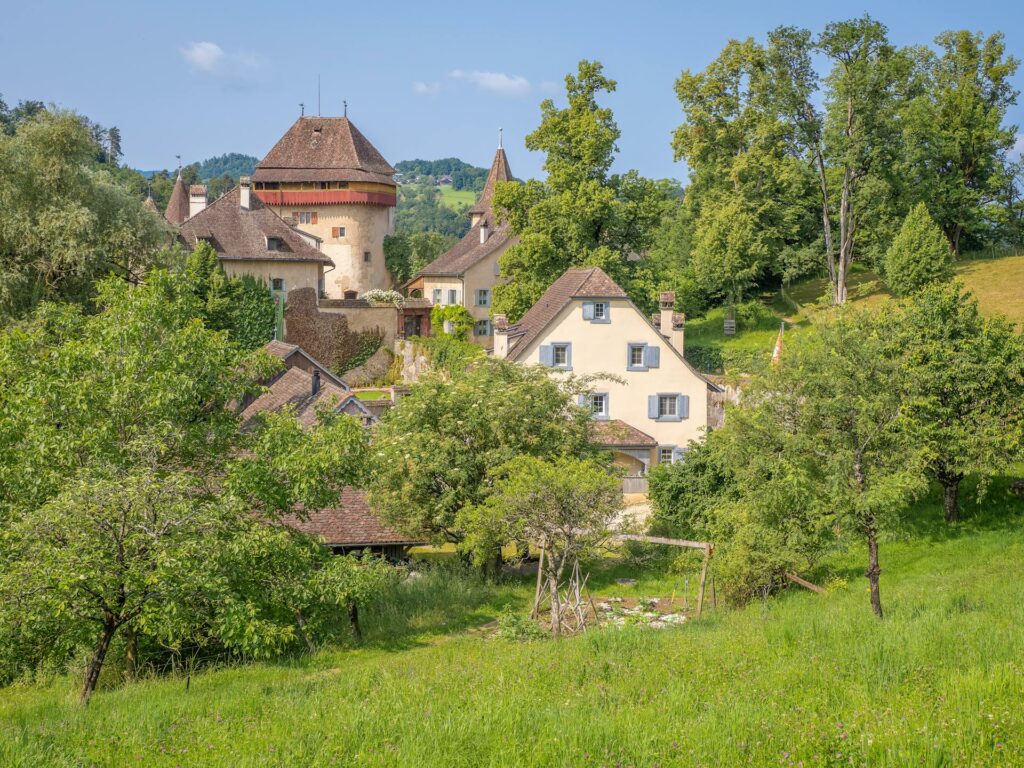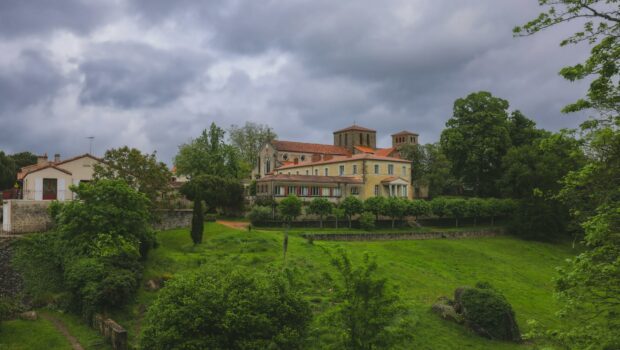Reviving Chateau Gardens with Modern Green Design
Gardens surrounding historic chateaux hold more than just plants. They carry centuries of stories, grand visions, and noble ambition. But time changes everything. What was once manicured and majestic may now seem overgrown, outdated, or forgotten. Reviving chateau gardens is about breathing new life into these iconic outdoor spaces while respecting their original character.

Blending Tradition with Purposeful Modern Design
Modern garden design doesn’t erase history—it enhances it. With smart planning and a clear vision, you can make your living space better by reimagining traditional layouts using environmentally friendly methods. The result feels fresh but grounded, polished but practical. Gardens can honor the past without staying stuck in it.
Keeping the Soul of the Garden Intact
Start by understanding what makes a chateau garden special. Long symmetrical paths, sculpted hedges, fountains, and orchards all tell a story. Instead of replacing those elements, consider how they can be refreshed or reinterpreted. Sometimes, all it takes is healthier soil, drought-resistant plants, or better drainage. You maintain the structure but let it thrive again.
Blending Old Geometry with New Plant Choices
Chateau gardens often rely on formal geometry. These shapes don’t need to disappear to feel current. You can soften the lines by choosing native flowering plants instead of high-maintenance topiaries—plant herbs along symmetrical paths. Fill old stone beds with pollinator-friendly blooms. Green design doesn’t reject order—it welcomes it with smarter tools.
Embracing Eco-Conscious Water Features
Grand fountains once symbolized wealth. Today, they represent waste if not handled carefully. Retrofitting them with recirculating systems reduces water use. Rain-fed ponds bring life back to the garden without raising utility costs. You don’t have to abandon beauty to be responsible. These elements still delight guests and provide essential biodiversity benefits.
Garden Zones that Serve a Purpose
While history focused on presentation, modern design emphasizes use. Divide the outdoor area into zones. One section might host vegetables and herbs. Another becomes a quiet retreat. A third holds a small firepit or dining area. When each section works for your daily life, your connection to the space deepens.
Subtle Lighting That Preserves Nighttime Beauty
Artificial lighting is used to overpower gardens. Now, low-wattage solar lights, motion sensors, and gentle lanterns create ambiance without ruining the night sky. Use lighting to guide guests, define borders, or highlight a sculpture. Your chateau garden can glow instead of glare.
Using Reclaimed Materials to Honor the Past
Instead of buying new bricks or paving stones, reuse old ones from the estate. Clean them up and re-lay them. Weathered materials add texture and preserve continuity. If you need new materials, look for sustainable options. Wood from responsibly managed forests or gravel from local sources keeps your design grounded in its setting.

Create Space for Wildlife and Biodiversity
Historic gardens weren’t always wildlife-friendly. Now, green design invites bees, butterflies, birds, and even hedgehogs. You can design a beautiful and functional home garden space by adding native shrubs, small wood piles, birdhouses, and water basins. These touches support local ecology and make your garden feel more alive.
Use Vertical Solutions to Expand Potential
Older chateau layouts may lack room for expansion. Vertical gardening adds flexibility. Grow strawberries from stacked planters, train vines along trellises, or use climbing roses to frame a door. These changes work well in tighter spaces while adding a romantic touch that blends seamlessly with the chateau aesthetic.
Echo the Renaissance of French Elegance Through Simplicity
Reviving chateau gardens doesn’t mean excess. It means thoughtful choices that express your appreciation for balance and charm. A single well-placed bench beneath a blooming tree. A clean stone path curving through lavender. These details reflect the renaissance of French elegance while aligning with today’s slower, quieter way of living.
Reconsider Garden Borders
While high hedges once acted as privacy walls, they can limit airflow and light. Lower them slightly or replace sections with trellises covered in climbing jasmine or ivy. That still offers separation without cutting off the rest of the garden from view. Light and openness are part of modern design values.
Add Low-Maintenance Native Plants
Imported species require constant care and irrigation. Native plants adapt to the local climate and need less intervention. These choices don’t just save water—they also reduce the amount of pruning, fertilizing, and pesticide use. The result is a garden that looks good and works with nature instead of against it.
Create Harmony Between the Chateau and the Garden
Walk outside and look at the view from the main entrance. Is the house centered in the garden’s design? Does the path from the kitchen lead naturally into a gathering spot? Your outdoor layout should speak to the structure itself. Balance creates beauty. Reviving the chateau gardens means the home and garden must complement each other.
Reviving Chateau Gardens: Honor the Seasons Through Design
Winter doesn’t mean bare and boring. Plant evergreens to hold shape when other blooms fade. Use gravel or bark mulch for texture underfoot. Place sculptural elements where they’ll remain interesting through snow or frost. A garden that feels full in every season supports your enjoyment year-round.
Use Aromatic Plants as a Design Feature
Sight isn’t the only sense that matters. Introduce scented herbs and flowers to enhance the experience. Lavender, rosemary, thyme, and honeysuckle each bring a unique smell and attract beneficial insects. Fragrance creates an emotional connection. It turns a garden stroll into something memorable and grounding.
Respect the Legacy While Claiming Your Space
Historic homes can sometimes feel intimidating. But gardens give you room to express yourself. You can balance tradition with personality by mixing classic features with modern comfort. Place a hammock under century-old trees. Add a bee hotel next to an antique urn. That is how reviving the chateau gardens makes them alive again.
A Living Tribute to the Past and Present
Reviving chateau gardens is about striking a balance between time-honored tradition and modern sensibility. You don’t need to abandon historical design. You need to reimagine how it functions. By blending sustainability, usability, and elegance, you create more than a beautiful space—you restore a piece of living history. Your garden becomes a place where legacy and daily life grow together.

Author’s Bio:

Sarah Bellamy is a logistics expert at Valley Relocation and Storage, a company that provides dependable moving and storage solutions tailored to both businesses and homeowners. She combines her professional expertise with a passion for design, history, and sustainable living to help readers navigate transitions smoothly. Through her work, she highlights practical ways to preserve elegance while making modern spaces functional and efficient.
Header Photo Credit: https://www.pexels.com/photo/historic-church-in-clisson-pays-de-la-loire-31113148/





















Fantastic read! This article does an excellent job of breaking down what smart homes are and how they’re transforming modern…